
Chinese regional cuisine: Sichuan - chefs reveal the secret to their success in Hong Kong is adapting to local tastes
The fiery cuisine is becoming more popular in Hong Kong, in part because chefs are adding their own twists to traditional dishes
It’s long been said that Hong Kong people – with their palates accustomed to Cantonese cuisine – dislike the fiery and numbing flavours associated with Sichuan food. But if that’s the case, why the growing popularity of the cuisine all across the city, both in everyday and upmarket restaurants?
Chuan Po Po is an example of the former. Opened by husband and wife Kent Wong Wai-hung and Candy Lu in 2011, it started as a humble food stand tucked away in a mall in the Tsim Sha Tsui neighbourhood in Kowloon. These days, there are three branches.
Where to find delicious Shanghai food in Hong Kong, and why you should forget about the calories
The first shop only sold takeaway food – mala tang, or Sichuan-style hot and spicy hotpot. The “hotpot” here is different from the sort Hongkongers are familiar with – the simmering big pot that people relax around and use to cook raw ingredients. Instead, the couple blanched the ingredients ordered in the soup base before mixing them with sauce and condiments of the customers’ choice. It’s easy, fast and cheap.
The couple were confident their business would catch on in Hong Kong. But things started slowly. People were attracted by the fragrance but walked past looking a bit confused, says Wong. “Some dared to give it a shot, buying a very small portion.”
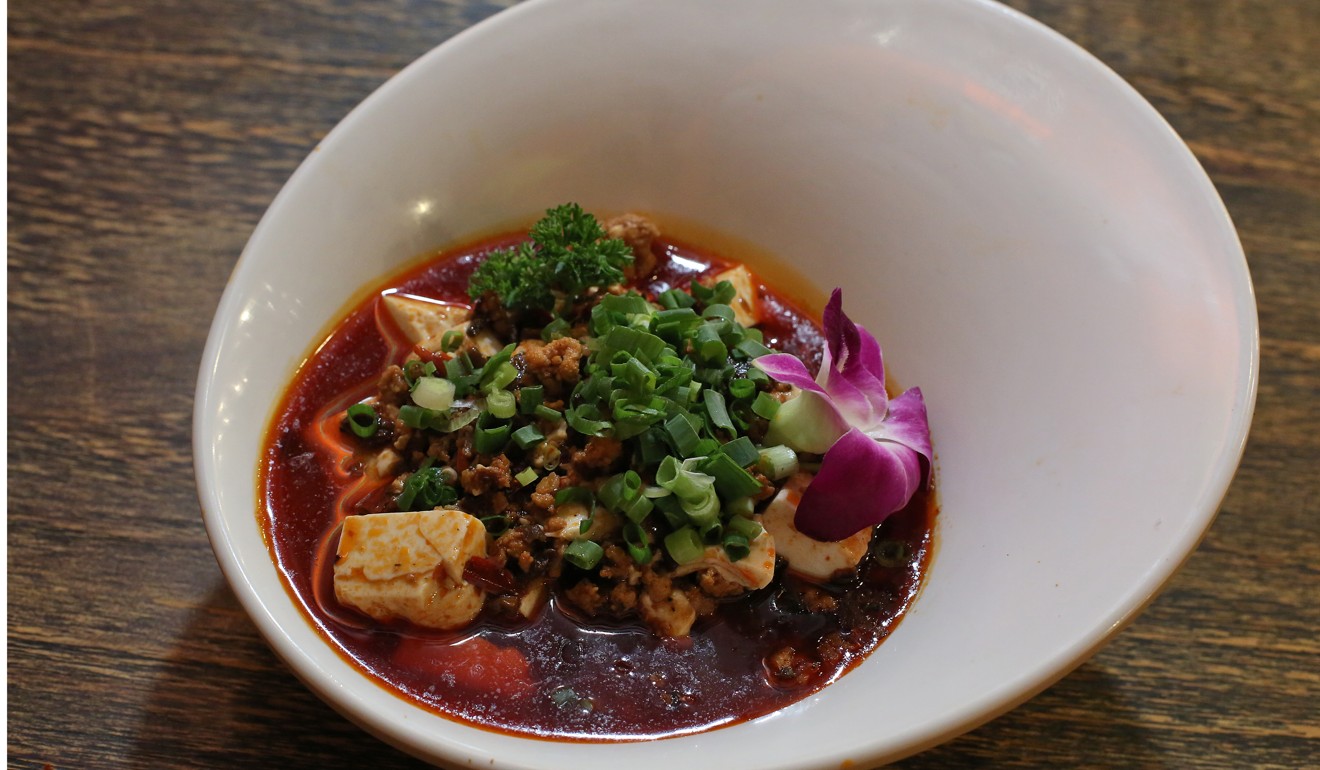
But tasty food holds appeal wherever it’s from, and those initial customers came back to order larger portions and brought along their friends. Queues formed within three months.
The secret to its success lies in the specially concocted soup base that adds aroma and flavour to the ingredients. The base is made of an array of herbs and spices including cloves, cardamom, cinnamon and pericarp, or fruit peel, along with a hefty amount of red Sichuan peppercorns, renowned for their numbing quality. Wong says they are essential to his hotpot base.
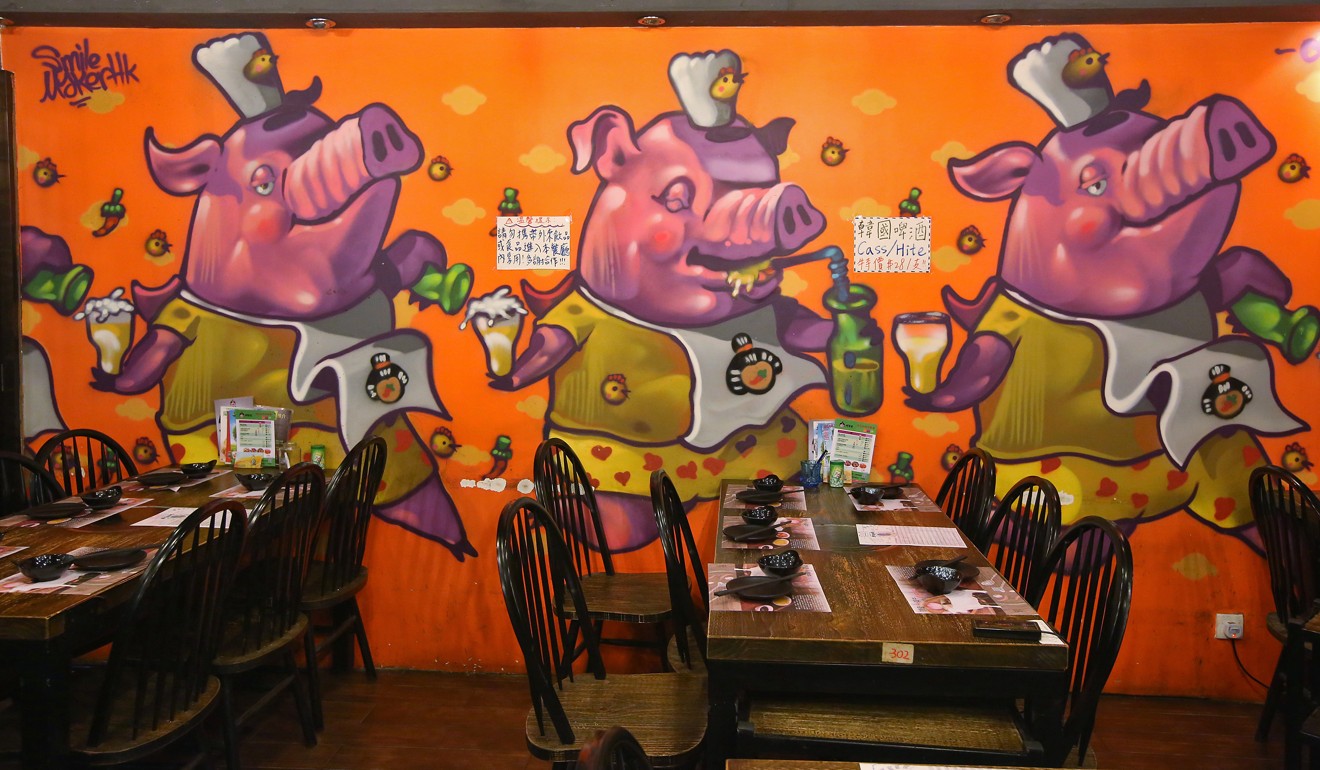
Hong Kong foodies embrace novelty, but one thing still makes them flinch. Pig brain
The couple travelled to Sichuan to source ingredients that were elusive in Hong Kong, not just the peppercorns and certain types of chillies but also a special type of vermicelli made from mung bean or sweet potato starch. This became an immediate favourite with customers, who liked the noodles’ chewy texture and its ability to soak up the broth.
In addition to the ingredients sourced from China, Wong and Lu offered other choices beloved by Hong Kong people, such as udon and ramen noodles. The localised version helped entice more customers, which encouraged the couple to open something bigger.

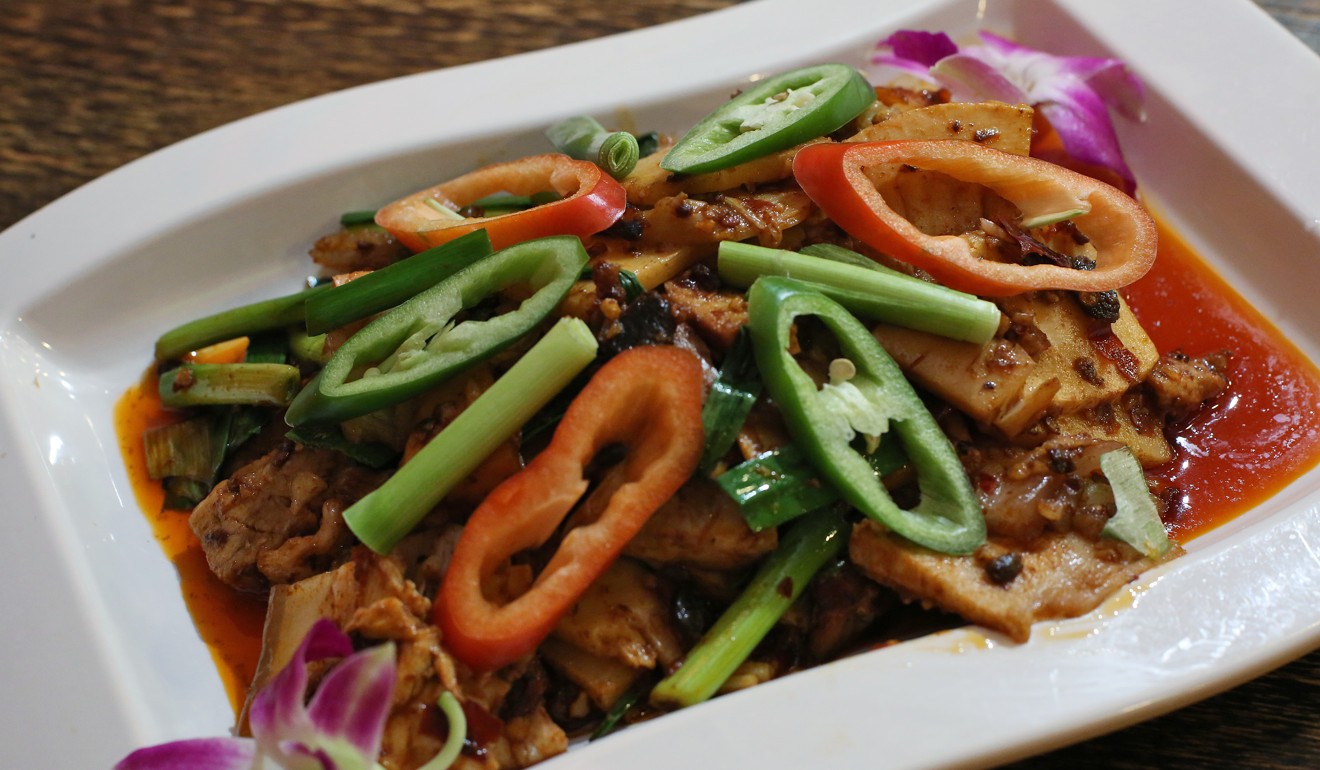
“Traditionally, we use 2.5kg of oil mixture including butter and 1.5kg water. But we have to adapt in Hong Kong, as customers complained about greasiness. So we cut back the oil and butter to just 0.5kg,” says Wong.
He also observes that Hong Kong diners are particular about the quality of beef and pork, so Wong uses kurobuta pork from Spain and Japan, which has well marbled fat and a tender texture, and freshly cut Angus beef.
Chengdu Food Tours offer intimate way to heart of the city
Another difference between Chuan Po Po’s hotpot and the way it would be offered in Sichuan is the seafood. Fish rarely goes into hotpots in Sichuan, partly because the province is landlocked, but Hongkongers are avid lovers of seafood. Chuan Po Po offers a great variety of fish to “swim” in the hotpot, with tiger grouper being the most popular.
“Hong Kong foodies embrace novelty, but one thing still makes them flinch. Pig brain,” says Wong with a laugh.
Another restaurant, Lucky Food, delivers a different genre of Sichuan cuisine, peddling hot and spicy grilled fish and chicken hotpot. The chicken or fish is prepared with Sichuan chillies and peppers and served in a clay pot or grill pan. Customers first eat the meat or fish, then broth is poured into the pot and used to cook other ingredients.
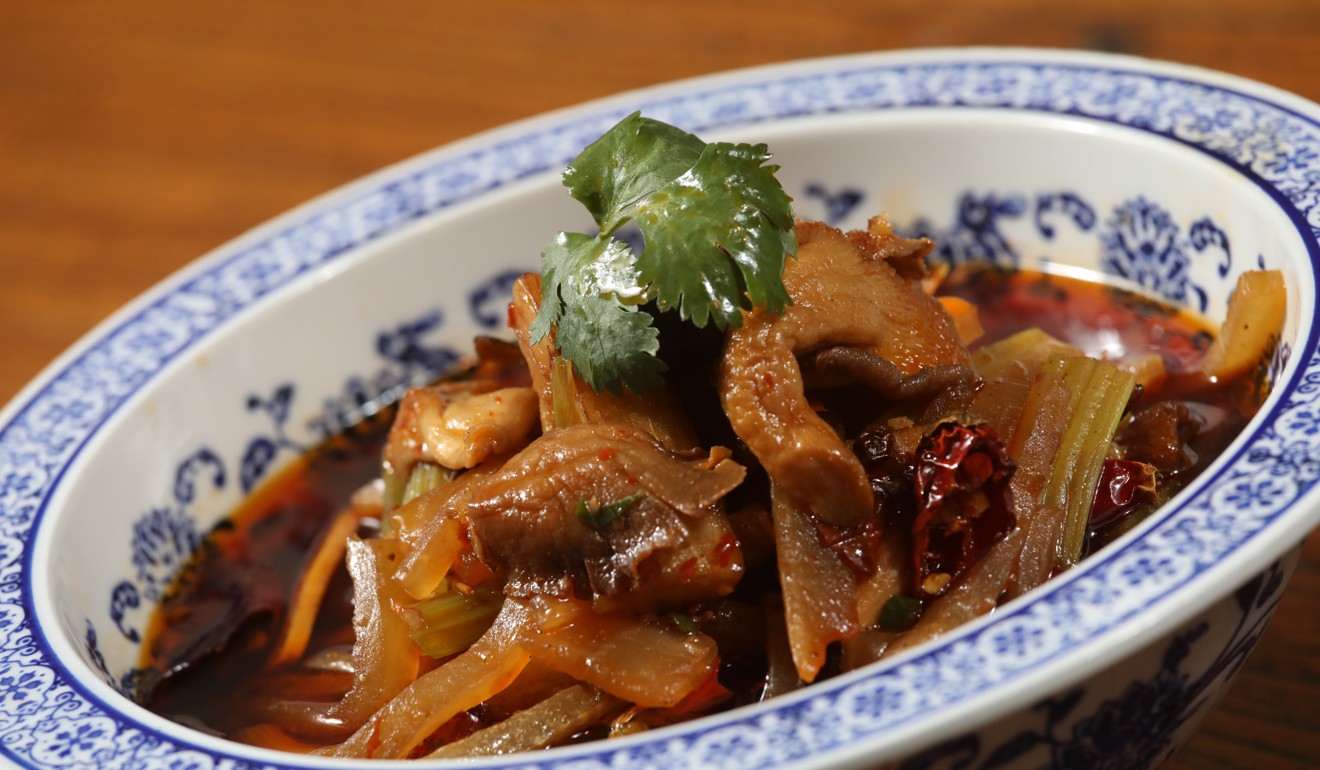
“Diners can opt for fragrant hot or spicy hot,” says the shop owner, Ricky Heung. Sichuan peppercorns are not used in the former because some customers don’t like the tongue-numbing feel, he says. The“spicy hot” soup base incorporates satay sauce, XO sauce and chilli oil, which is made in-house. “In most Sichuan dishes, seafood and poultry are simply boiled, steamed or poached with little seasoning,” says Heung. “The overall flavour of a dish hinges on the sauce.”
Sichuan is one of the eight Chinese regional cuisines, and although many Sichuanese restaurants in Hong Kong are cheap and cheerful, it’s also made its way into the fine dining scene. Hutong, which opened in 2003 in Tsim Sha Tsui, is a trailblazer in giving Sichuan dishes a chic and luxurious twist.
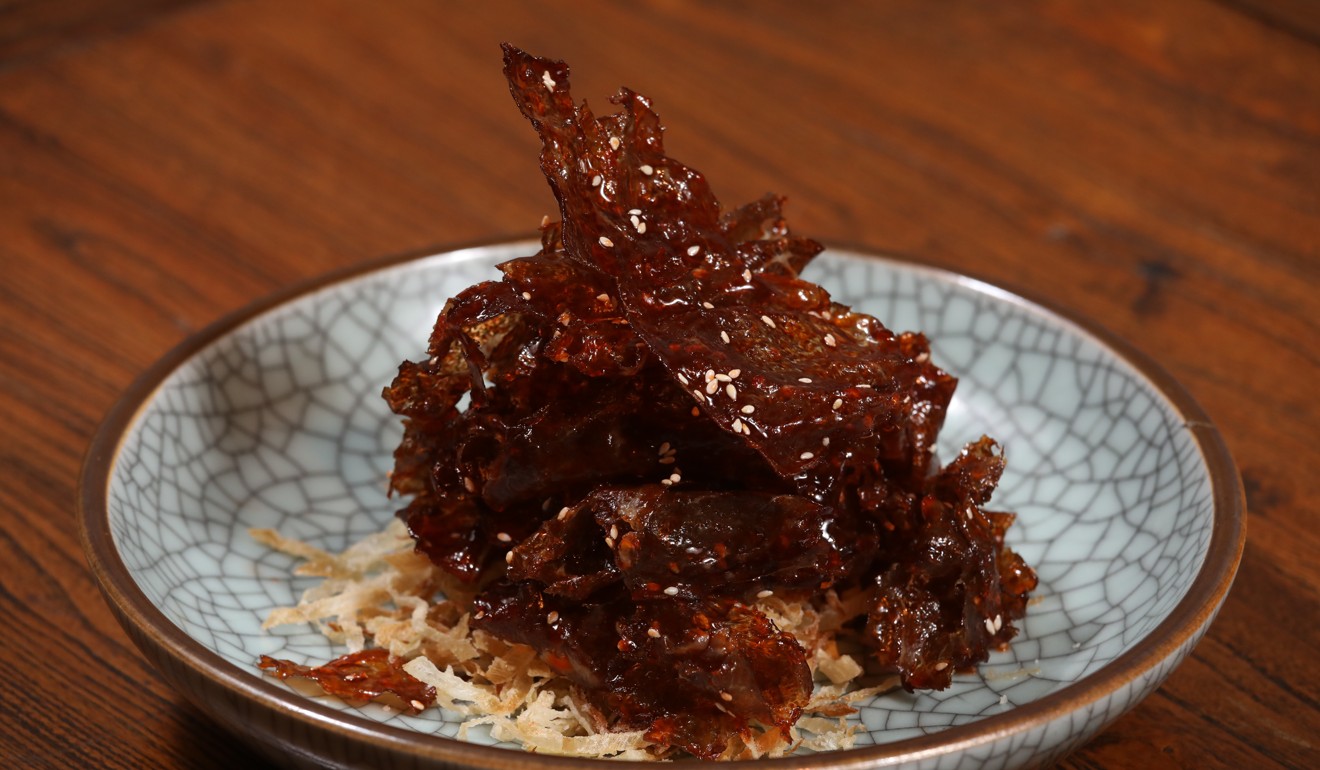
The impressive space overlooking Victoria Harbour has brightly lit red lanterns and red envelopes hanging from a stretch of wood branches overhead. An antique rickshaw reminds us of times gone by when muscled, tanned men pulled people around in the narrow alleys known as hutongs in Beijing.
Lots of Sichuan classic dishes can be found on the menu.
“We stick to traditional recipes and cooking techniques. We’re loyal to traditional tastes. But to elevate these classics to a deluxe level, we use premium ingredients and pay attention to presentation,” says general manager Joe Chan.
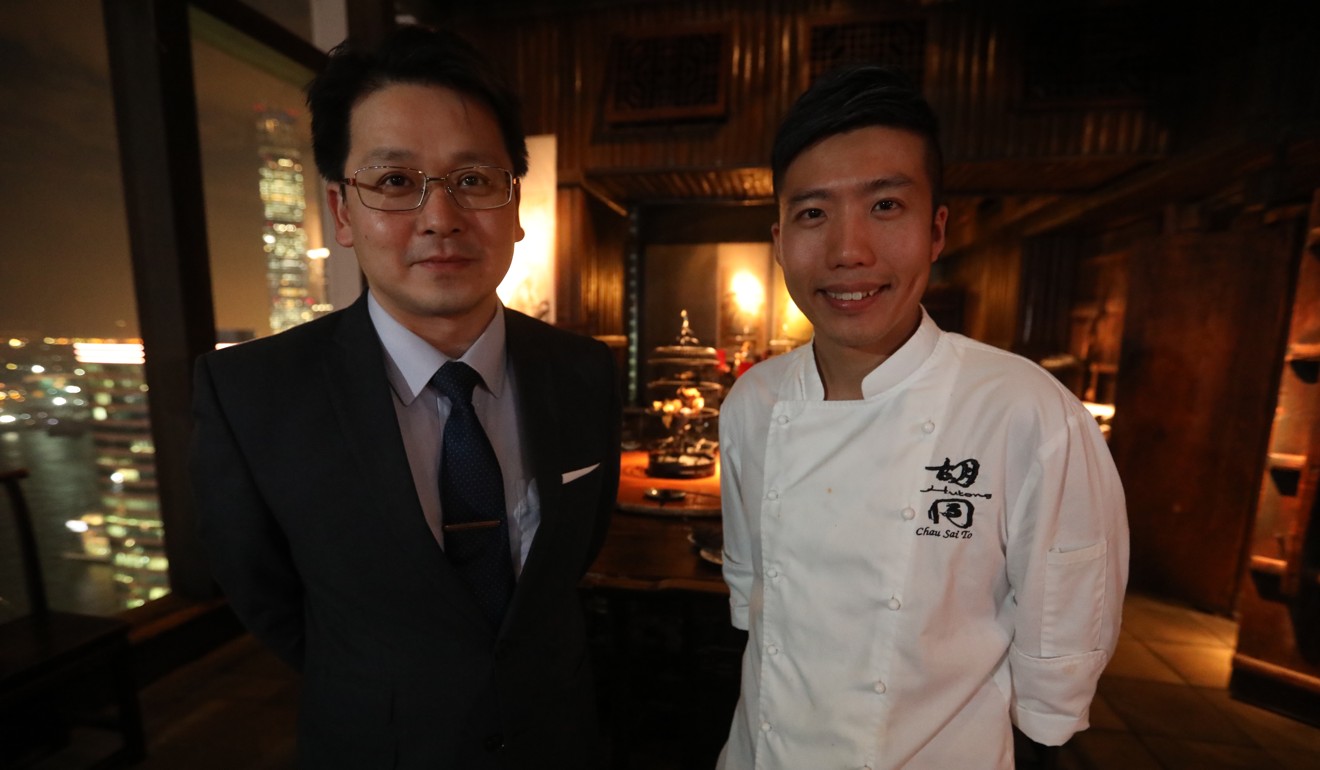
Take the crispy softshell crabs with Sichuan dried chillies. It’s an upmarket twist on the famous Sichuan dish of sautéed diced chicken with Sichuan chillies.
“Hong Kong customers and Westerners like seafood, so we experimented with crabs while keeping the basic recipe intact,” explains head chef Chau Saito.
It is served in a bamboo basket with a blanket of fiery peppers topping the chopped meaty crabs. In another elegant dish of Sichuan pepper prawns fried with Chinese celery and dried chillies, the prawns are wild varieties imported from Myanmar. For an even more luxurious version, Australian lobster is used instead of the prawns.

Chan says they sought the advice of a Sichuan master chef to help with the dishes. “The master chef helped us modify the recipes, fine tuning the percentage of each variety of chilli and pepper. The result is that the hotness is balanced with less aggressive but long-lasting spiciness.”
They refined the cuisine in other ways, too. Traditionally, vermicelli is used in the filleted mandarin fish in Sichuan chilli pepper broth. Vermicelli is too slippery to be easily picked up with chopsticks and if it splashes back into the broth, it could stain clothing, so they use shredded white radish as a substitute.
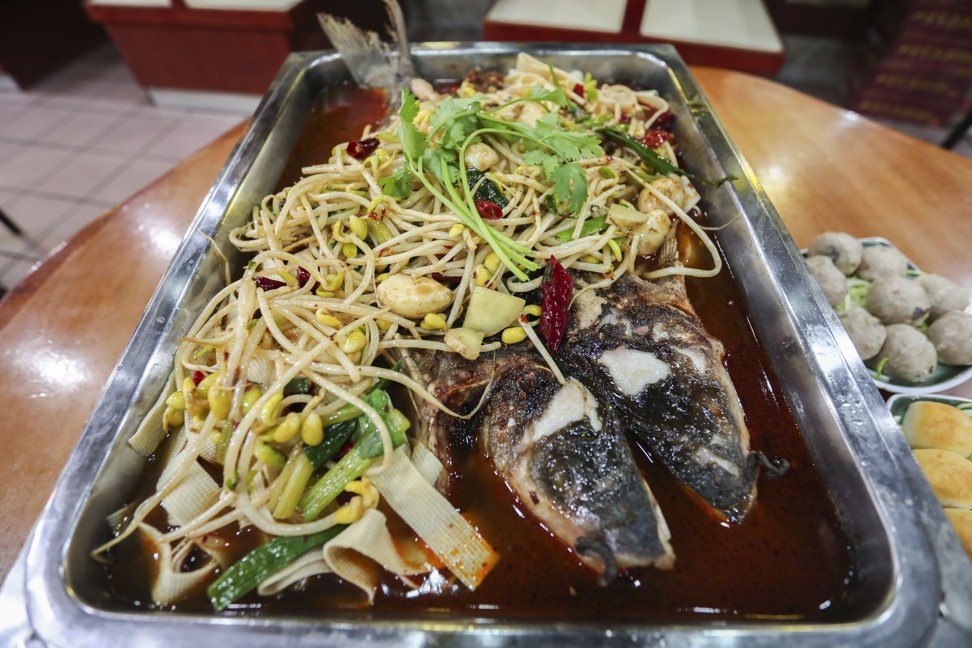
“Radish can suck up the broth just as well as vermicelli,” says Chau. Prawns are also peeled to make things easier for diners.
The chef also makes the effort to cater to vegetarian diners, unusual in Chinese cuisine. “We create a vegetarian version of boiled fish in Sichuan spicy chillies, by using mushrooms,” says Chau. He says they also serve food in a certain sequence, a far cry from a casual Sichuan restaurants where the dishes might come all at once, or in no particular order.

“Cold before hot, small [portion] before large, light [flavour] before strong, and fried dishes before boiled ones as the latter are richly flavoured and take longer to eat,” Chau explains.
Susan Jung recreates a memorable chicken pot meal she had in Hong Kong
Chan says they also take the head chef of Hutong’s London branch on their trips to Sichuan province. “We go to explore the local delicacies and learn from local chefs to hone our techniques.”
Chuan Po Po (two locations)
Wing Kee Commercial Bldg, 156-162 Castle Peak Rd, Cheung Sha Wan, tel: 2110 0281
26-36 Prat Ave, Tsim Sha Tsui, tel: 2369 8616
Hutong
28/F, One Peking Rd, Tsim Sha Tsui, tel: 3428 8342
Lucky Food
54 Nga Tsin Wai Rd, Kowloon City, tel: 2382 2280
Other Sichuan restaurants we like
